Backyard Naturalist: Nate Marchessault – A vernal renaissance
| Published: 03-22-2024 8:31 AM |
With the year still in its infancy, the Earth warms and signs of new life begin to emerge. So begins the “vernal renaissance” – an annual celebration which requires no tickets nor preregistration, with admission just outside the window and door of every home.
Snow pack melts, streams flow with unstoppable vigor like the arteries of the land itself, the ground regains a healthy squish and the earthy smell of thawed mud and leaf litter fills the air.
Through the ages, the feelings brought about by spring have been written about time and time again, such as Henry David Thoreau’s words in Walden, “As every season seems best to us in its turn, so the coming in of spring is like the creation of Cosmos out of Chaos and the realization of the Golden Age.”
In the earliest of days, with the sun shining and temperatures warming, there are a few species that tease what is to come. A mourning cloak butterfly bounds off the trail after sunning in the forest, where light penetrates through still leafless trees. Chickadees break winter’s silence with a song (“fee-bee!”). The first chipmunk peers its head out of a decayed stump, but maybe this time just for a quick snack.
It is these days that also give rise to the first sunburn of the year, where all responsibilities take a back seat and there’s nothing more important than being outdoors. Stresses melt away like the remaining snow. Time and urgency are replaced by sensation and awe at every moment in which Earth and nature are simply carrying on with business as usual.
These moments are given to us as gifts, and are not to be taken for granted.
The preamble of the chickadee and titmouse is soon replaced by brown creepers singing their sweet, high-pitched melody, a song so profound and uplifting as if it sings into your soul, “Spring is here, spring is here.” This is it. This is the real deal. Spring is here.
In “A Sand County Almanac,” Aldo Leopold writes, “One swallow does not make a summer, but one skein of geese, cleaving the murk of a March thaw, is the spring.“ By day, the geese carry that torch, and at dusk it is passed to the American woodcock – an otherworldly bird with a strange appearance and even stranger habits. In early March, male woodcocks invade open areas shortly after the sun has shed its last ray, announcing their presence with “peent!” calls and twittering flight displays, like circling UFOs silhouetted by deep red, orange, and purple skies.
Article continues after...
Yesterday's Most Read Articles
 UPDATE: Drivers identified in Jaffrey dump truck crash
UPDATE: Drivers identified in Jaffrey dump truck crash
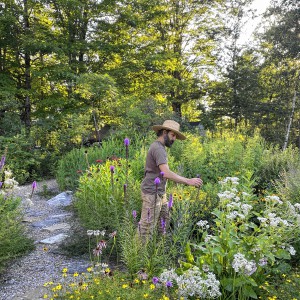 Fassett Farm Nursery in Jaffrey focuses on native plants
Fassett Farm Nursery in Jaffrey focuses on native plants
 T & W Handyman Services in Jaffrey celebrates new location
T & W Handyman Services in Jaffrey celebrates new location
 Scott Bakula starring in Peterborough Players’ ‘Man of La Mancha’
Scott Bakula starring in Peterborough Players’ ‘Man of La Mancha’
 Parker and Sons Coffee Roasting in Peterborough strives to create the perfect coffee
Parker and Sons Coffee Roasting in Peterborough strives to create the perfect coffee
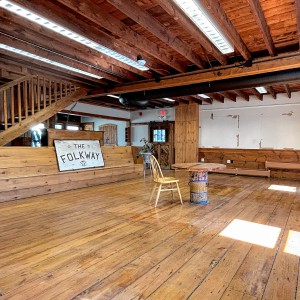 Former home of The Folkway in Peterborough is on the market
Former home of The Folkway in Peterborough is on the market
This celebration goes on regardless of weather or time of day. In fact, depending on one’s perspective, the quintessential changing-of-the-season event occurs at night. On those wettest nights following the spring thaw, armies of eager amphibians erupt from the hillsides one after another, with one goal in mind, to breed. These are the true shepherds of spring.
When wood frogs reach their woodland breeding pools, they are a like cacophony of choir boys that have lost their voices, using every fiber of their being to call loudly and beautifully, but producing only a low raspy quacks. Despite this, their calls in concert echo into the still-leafless woodlands. Take one step too close, though, and their squawks turn to silence.
And, of course, the hallmark of the season is the return of deciduous plants. Sometimes it’s the smallest flowers that can lift our spirits the most, like the diminutive but abundant red maple blossoms, or the seemingly nondescript but beautiful hazelnut blooms, which require a hand lens to truly appreciate. It’s easy to walk by a hazelnut shrub in full bloom and only notice its large catkins, but a closer look will reveal their vibrant female flowers, with styles emerging from the buds like electric pink tentacles.
Skunk cabbage pokes out above the muck and leaf litter on the earliest of spring days, with spathes acting as hardy hoods to shelter their thermogenic spadices (heat-producing flowers) from the cold. What this species lacks in pleasant aroma is made up for in spades by the nostalgia of their emergence.
In our gardens, the first snowdrops and crocuses emerge, bringing life and color to still-tawny lawns. Come April and early May, spring ephemerals appear, the beauty of their blooms amplified against the brown forest floor.
Then, just as fleeting as the flowers blooming within it, the season comes to a close. The Earth is again warm and lush, and green and vibrant. Like a page turned from a book, spring gives way to summer – and a whole new celebration begins.
Nate Marchessault is an ecologist with the Harris Center for Conservation Education.

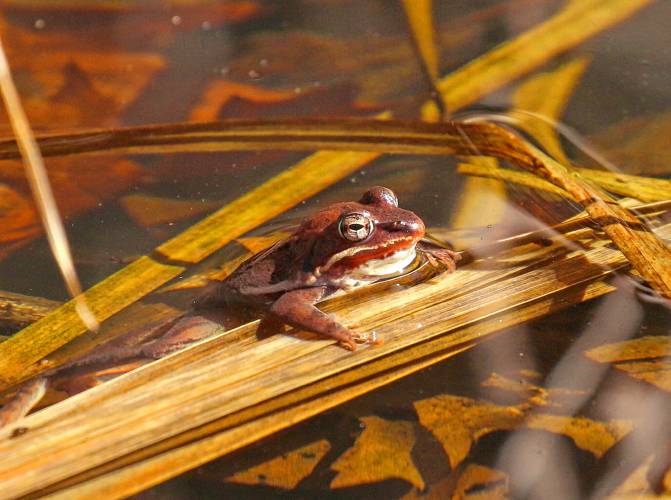
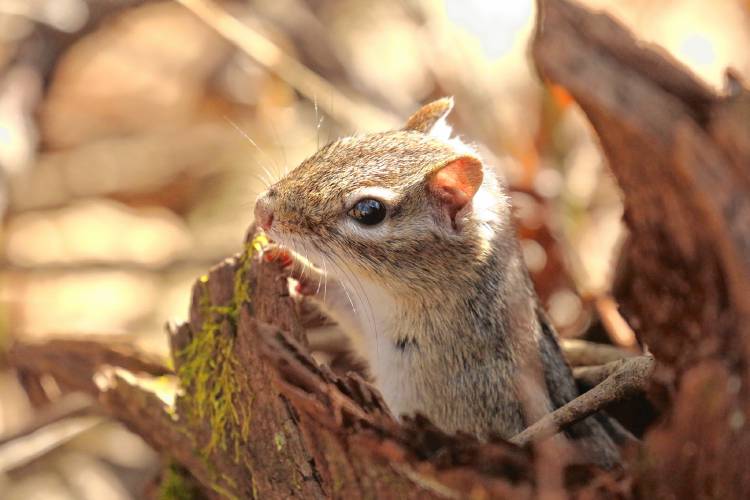
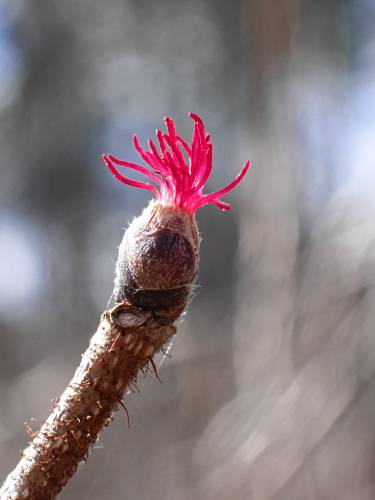

 Bernie Watson of Bernie & Louise dies at 80
Bernie Watson of Bernie & Louise dies at 80
